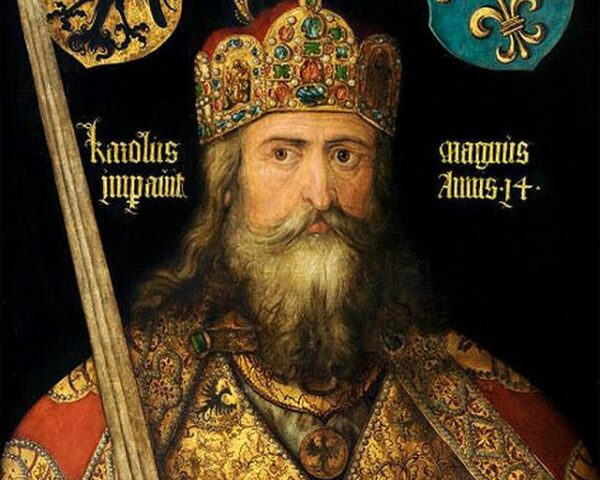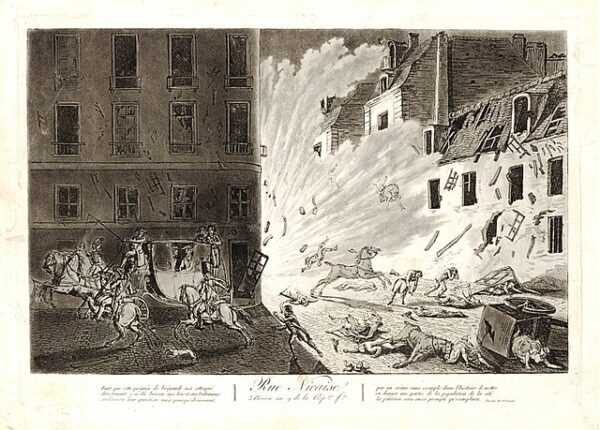Napoleon Bonaparte’s “100 Days” began on March 20, 1815, when he triumphantly marched into Paris with hundreds of thousands of supporters, causing Louis XVIII to flee in terror at the return of the former emperor. His return to the seat of power gained the popular support of the French public, which was angry about royal decisions that reversed the results of the French Revolution.
As soon as they heard that Napoleon was back in France, the European powers at the Congress of Vienna proclaimed him to be an outlaw and each committed to raising more troops to end his rule once and for all.
Facing an enemy eager to destroy him, the general had two options: to wait and play defense or to go on the attack. Of course, Napoleon being Napoleon went on offense, striking Belgium, which was being defended by the Duke of Wellington and Prussian Field Marshal Gebhard von Blücher.
The Waterloo Association describes what happened next. “Crossing the border in the early hours of June 15, 1815, Napoleon surprised Wellington (commanding an allied force including British/Netherlands and German troops) and Blucher (commanding the Prussia troops) and succeeded in bringing the Prussians to battle at Ligny on June 16, whilst Wellington’s forces were held back at Quatre Bras the same day.
The Prussians defeated and in retreat and the Duke of Wellington’s army retiring on the June 17 towards Brussels, Napoleon sent troops under Marshal Grouchy to pursue the Prussians back to Germany, whilst he turned his whole force on Wellington.
Napoleon pursued Wellington’s retreating in torrential rain to a position just in front of Mont St Jean, where Wellington halted and offered battle. Delighted with the opportunity to destroy Wellington, Napoleon waited for the next day, June 18 to launch his attack on Wellington.
Unbeknown to Napoleon, Wellington had offered battle only on the promise of Prussians support, they had managed to give the French the slip after the defeat of Ligny and retired on Wavre which was close to Wellington’s left. Napoleon launched a number of major attacks against Wellington, which he ably countered, but as the day progressed the threat of a French victory grew ever stronger.
But at the eleventh hour Blucher’s Prussians arrived on Napoleon’s flank and together the allied armies overcame French resistance and the French army was defeated and disintegrated, unable to form up again in serious opposition to the allies.”
The final Battle of Waterloo changed the trajectory of Europe once and for all. The British Army Museum notes, “The Duke of Wellington received a hero’s welcome on his return to Britain. He was showered with further honours, eventually becoming prime minister in 1828, and again in 1834.
Waterloo ended the wars that had convulsed Europe since the French Revolution (1789-99). It also ended France’s attempts, whether under Louis XIV or Napoleon, to dominate the continent.
Throughout Britain and the Commonwealth, Waterloo has been commemorated in the names of streets, railways stations, bridges and parks.
The name ‘Waterloo’ itself has entered the English vocabulary. A person who has been defeated after a run of success is said to have ‘met their Waterloo.'”
The victorious allies entered Paris on July 7, 1815 and Napoleon was forced to surrender to the British a final time. His 100 Days over, the French emperor was exiled to St Helena in the South Atlantic, much farther than his first place of exile in the Mediterranean, where he died of stomach cancer at the age of 51.






